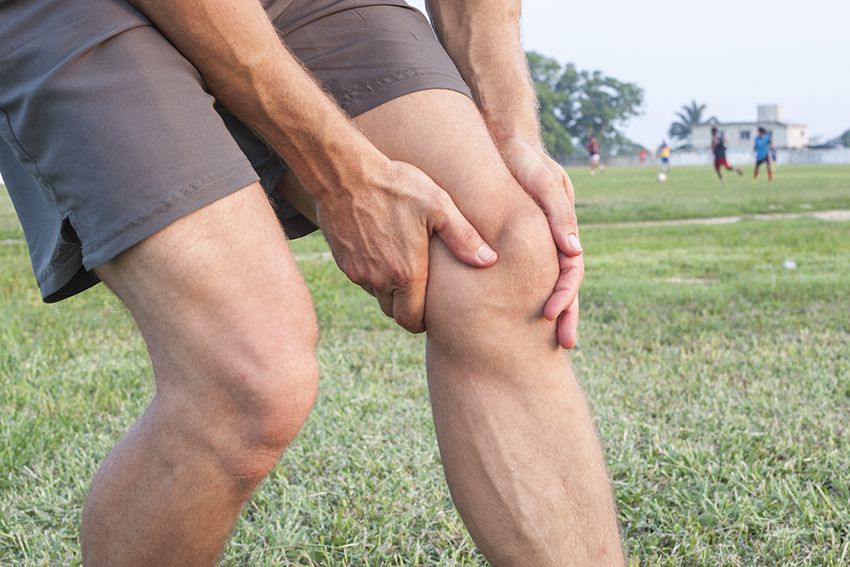Reconsidering the Role of Ice: A New Perspective in Sports Medicine
As a Sports Physiotherapist with a keen interest in sports medicine, I’m here to discuss a thought-provoking topic that’s been making waves in the field – the use of ice for managing sports-related injuries. Recent research has sparked a re-evaluation of the conventional wisdom surrounding ice therapy. While ice has long been hailed as a go-to treatment for acute injuries, emerging studies are shedding light on its potential drawbacks. Join me as we delve into this paradigm shift and explore the evolving understanding of ice’s impact on sports injuries.
The Traditional Approach to Ice
For decades, the R.I.C.E (Rest, Ice, Compression, Elevation) protocol has been the cornerstone of acute injury management in sports medicine. Ice has been advocated as a means to reduce swelling, alleviate pain, and facilitate the healing process. However, let’s take a closer look at the newer insights that have prompted a reevaluation of this approach.
The Cold Truth About Ice
Recent research is challenging the notion that ice is a universally beneficial treatment for all injuries. One study published in the “Journal of Athletic Training” suggested that while ice might provide temporary relief from pain and inflammation, it could also potentially interfere with the body’s natural healing processes [1]. This has raised concerns about the extent to which ice might hinder the body’s ability to repair itself.
Inflammation: Friend or Foe?
Inflammation has long been viewed as a villain in injury recovery, and ice was believed to be an effective tool to curb it. However, emerging research suggests that inflammation plays a crucial role in the body’s natural healing response. In fact, the inflammatory process helps deliver essential nutrients and cells to the injured area, aiding in tissue repair [2]. By inhibiting inflammation through ice application, we might inadvertently disrupt this natural healing mechanism.
Ice and Tissue Recovery: A Complex Interaction
Ice’s impact on tissue recovery is more intricate than initially thought. Some studies indicate that ice application might delay tissue regeneration and the formation of new blood vessels necessary for healing [3]. The constriction of blood vessels caused by cold exposure can hinder the transport of nutrients and immune cells to the injured site, potentially hampering the healing process.
A Nuanced Approach to Ice
The evolving understanding of ice’s impact doesn’t necessarily mean it should be completely discarded. Instead, sports medicine professionals are now advocating for a more nuanced approach. Ice can still be valuable for managing acute pain and providing short-term relief. If you can’t handle the pain, or you don’t have access to pain-killers, ice may be appropriate, however its indiscriminate use as a universal treatment for all injuries is being reconsidered.
Tailoring Treatment to the Injury
The future of sports medicine lies in personalized treatment plans that consider the unique nature of each injury. Instead of a one-size-fits-all approach, Physiotherapists are focusing on understanding the injury’s specific characteristics and tailoring interventions accordingly. This might involve using ice selectively, along with other modalities that promote natural healing mechanisms.
Conclusion
As our understanding of sports medicine evolves, it’s important to critically examine the role of traditional practices like ice therapy. While ice still holds value for managing acute pain, recent research has highlighted potential drawbacks in inhibiting the body’s natural healing processes. As a Physiotherapist, I advocate for evidence-based approaches to sports injury management, where treatment strategies are tailored to the injury’s unique requirements. By keeping up with new research, we can optimize the recovery process and contribute to an athletes’ long-term well-being.
Yours in Health
Riccardo@momentumtherapy
References:
[1]: Bleakley, C. M., & Glasgow, P. (2013). Webb, a, “PRICE needs updating, should we call the POLICE?,” British Journal of Sports Medicine, 48(22), 1621–1625.
[2]: Tidball, J. G. (2005). Inflammatory processes in muscle injury and repair. American Journal of Physiology-Regulatory, Integrative and Comparative Physiology, 288(2), R345-R353.
[3]: Bleakley, C., McDonough, S., MacAuley, D. (2004). The use of ice in the treatment of acute soft-tissue injury: a systematic review of randomized controlled trials. The American Journal of Sports Medicine, 32(1), 251-261.

